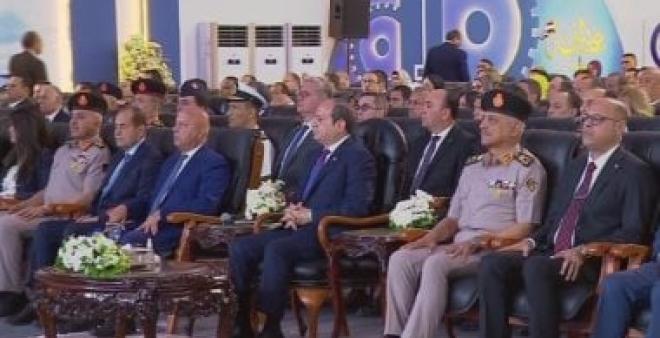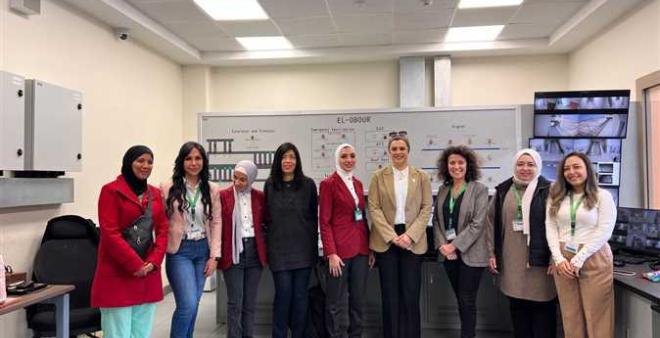Dive into green transport world


Diving Into the “Green” Transport World with You!
With the recent revolutionary upgrade of Cairo – and Egypt’s – transportation network, and the multimodal networks employed, we’ve found ourselves wondering how these various transit methods fit into different cities and improve inhabitants’ quality of life. Facilitating accessibility to a convenient transit and decreasing demand for polluting fuel, RATP Dev Mobility Cairo plays a key role in ensuring an informed passenger trip and enhanced customer experience.
So, if like us, you want to get the gist of it all, let’s take a look at some of the varying modes of transport employed in Cairo, Egypt and around the world.
- Metro
Metro systems serve urban areas and cities around the world by providing a safe and affordable transit mode that avoids congestion by travelling underground in busy areas. Operating separately from any other road or means of transportation, they are able to run at high speed.
Our Green Line 3 is a spot-on example of a metro line that runs over different types of stations with an environmentally clean energy supply. The latest extension of GL3 connects Eastern and Western Cairo and will continue to expand over the next year into major neighborhoods in Giza including Mohandessin, Imbaba, Boulak El Dakrour and soon-enough Cairo University.
- Light Rail Transit (LRT):
Light Rail Transit (LRT) is another innovative railway system operated by RATP Dev Mobility Cairo in its Capital Train project. It runs on ground level for the most part and connects Eastern Cairo with the New Administrative Capital and 10th of Ramadan city passing through some of Greater Cairo’s fast-growing urban communities. It provides higher speeds and capacity than the monorail. Traveling a long distance (more than 100km) at speeds reaching 120km/h, relying on a clean electric mode.
- Monorail
As the name suggests, the monorail runs on one track. Relying on an overhead track makes it ideal in areas with challenges that inhibit the construction of an on-ground route.
As many of you know, Cairo is adding two monorail lines – New Administrative Capital and 6th of October - that link the eastern and western extensions of the city to inner Cairo. Reaching the New Administrative Capital, the eastern monorail will thus be the second railway to connect the new capital to older Cairo neighborhoods, coming after Capital Train. Together, the two monorails will form the longest monorail system in the world (96km), surpassing Chongqing monorail system of 55km according to Guinness World Records.
- Bus Rapid Transit (BRT):
Rapid, running on clean electricity, and surrounding Cairo via the Ring Road, BRT is forecasted to make trips in inner Cairo much more reliable and modern than previously used informal modes. The system is promised to provide organized schedules, trip information, Wi-Fi, and air conditioning.
- Tramway
Running on electric metal tracks, tramways roam cities in rather busy areas and provide a lower-emissions, lower cost means of transport. They also cope better with varying weather conditions and their cars are durable compared to other ecofriendly means.
The RATP Dev Formula/Mix
Of these diverse modes, RATP Dev operates nearly all and more. In Cairo, Qatar and Sydney, our metro rails carry hundreds of thousands of passengers on a daily basis, transporting them conveniently to their destinations. For ten years now, we’ve operated the tramway in the very-touristy Florence, Italy. In London, we have 349 hybrid buses travelling across the metropolitan city. In Johannesburg, South Africa, we run Africa's top rapid regional rail, in addition to shuttles connecting the business district to the city’s international airport. We also orchestrate sightseeing services in Paris, flexible app-based demand-responsive transport, paratransit customized specifically for travelers’ particular needs, and cable cars, known in Egypt by their French name – the teleferique!
So, which of these modes have you tried?



